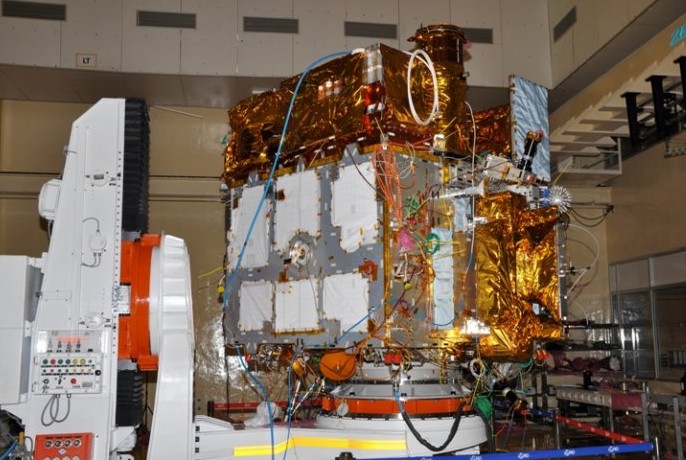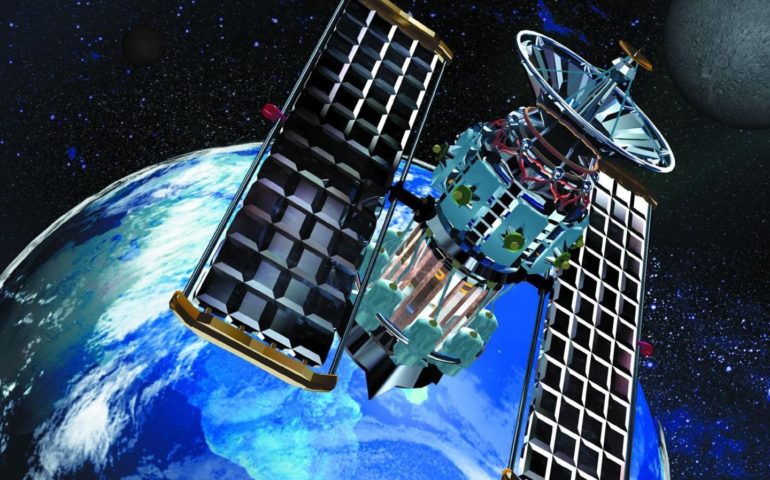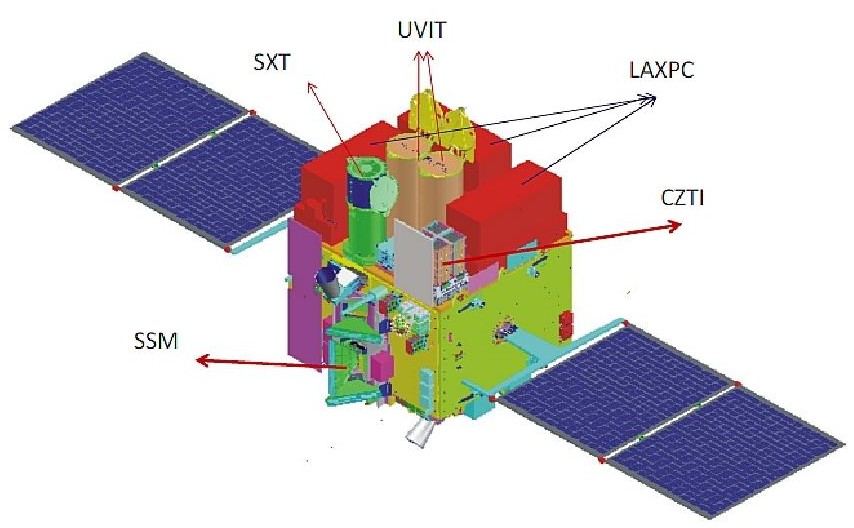[dropcap size=small]A[/dropcap]fter the huge success of India’s first interplanetary mission MOM (Mars Orbiter Mission), making India the first country ever to enter the Mars’s orbit in first attempt, [highlight ]ISRO has made Indians proud once again by successfully launching the ASTROSAT, bringing India to the elite club of nations having their own space observatory[/highlight] after USA, Japan, Russia, Europe. Astrosat along with six satellites from international customers was blasted off in PSLV-XL satellite launch vehicle from Satish Dhawan Space Center around 80 km away from Chennai. With this successful launch ISRO reached a landmark of profitably rooted 50 satellites into their intended orbit.

[highlight ]Astrosat is a dedicated multi-wavelength space observatory on a five year mission studying distant celestial objects.[/highlight] Astrosat is capable of observing wide range of wavelength bands including optical, ultraviolet, low and high energy x-ray regions of the electromagnetic spectrum compared to other satellites which have low range of wavelength band.
Astrosat’s main field of observations will include star birth regions and black holes. [highlight ]The main objective of the observatory is to understand high energy process binary star systems containing neutron stars and black holes and estimate magnetic fields of neutron stars.[/highlight]
ISRO said that Astrosat carries 5 payloads which include Ultraviolet Imaging Telescope (UVIT) for high image resolution, Large X-Ray Proportional Counter (LAXPC), Soft X-Ray Telescope (SXT), Cadmium Zinc Telluride Imager (CZTI) and Charge Particle Monitor (CPM). All these payloads will be thoroughly tested before intiation of regular procedures.
Benefits of Astrosat
[highlight ]Astrosat’s main benefit goes to Indian researchers because now they don’t have to rely upon other countries to get data about full spectrum wavelengths.[/highlight] There may be less paramount social and commercial benefits of Astrosat but it will help the scientists to do pre-eminent researches and will exert influence on new generation students to scrutinize scientific research and will allure other countries to collaborate with India researches.





